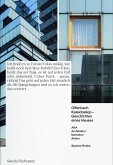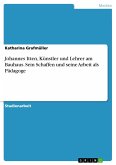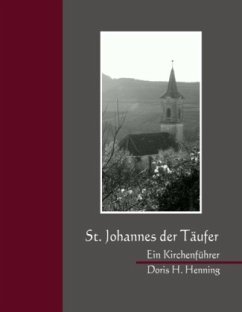Please note that the content of this book primarily consists of articles available from Wikipedia or other free sources online. Johannes Krahn (17 May 1908 in Mainz 17 October 1974 in Orselina) was a German architect and academic. Johannes Krahn studied architecture from 1923 to 1927 at the Technische Lehranstalten Offenbach. He continued his studies 1927 to 1928 at the Kölner Werkschulen as Meisterschüler of Dominikus Böhm, who interested him in building churches. Krahn worked with Rudolf Schwarz from 1928 to 1940. He graduated as a civil engineer at the RWTH Aachen University. In Frankfurt he was in charge of the rebuilding after World War II of the Paulskirche, starting in 1947, later he was on the team to rebuild the Städel. In 1950 he built the French Embassy in Bad Godesberg. In 1954 he completed at the Konstablerwache in Frankfurt the early skyscaper Bienenkorbhaus (Beehive House). His church building St. Wendel, Frankfurt (1957) has been compared to Le Corbusier in terms of materials and flow of light. In 1962 he built the Klaus-von-der-Flüe Friedenskirche in Wörsdorf. In 1965 Krahn created a variation on the interplay of stonemasonry, glass and concrete of St. Wendel in St. Martin, Idstein. In 1966 he built St. Sebastian in Frankfurt.
Bitte wählen Sie Ihr Anliegen aus.
Rechnungen
Retourenschein anfordern
Bestellstatus
Storno








